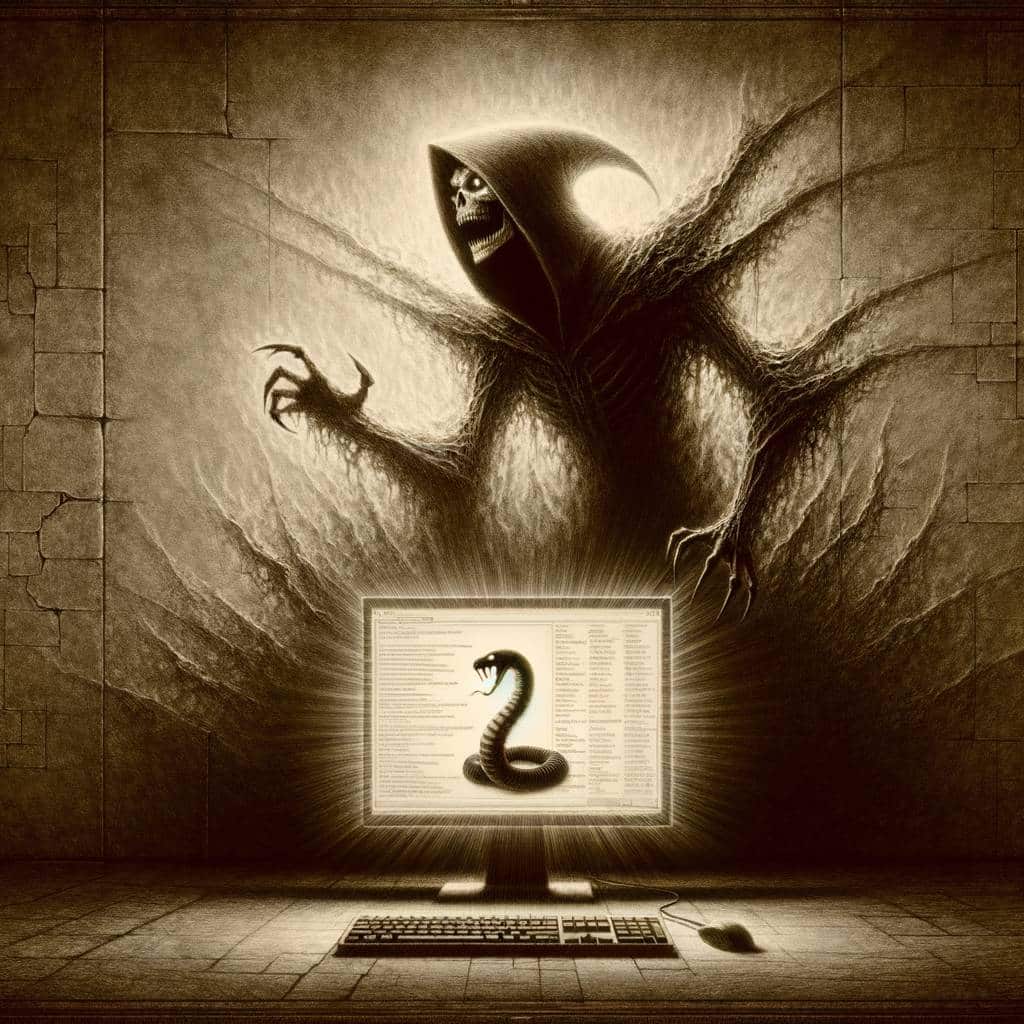Okay, deep breath, let's get this over with. In the grand act of digital self-sabotage, we've littered this site with cookies. Yep, we did that. Why? So your highness can have a 'premium' experience or whatever. These traitorous cookies hide in your browser, eagerly waiting to welcome you back like a guilty dog that's just chewed your favorite shoe. And, if that's not enough, they also tattle on which parts of our sad little corner of the web you obsess over. Feels dirty, doesn't it?
Windows Users Beware: SnakeKeylogger Strikes Again!
SnakeKeylogger is back, and it’s nastier than ever. Fortinet’s FortiGuard Labs reports a surge in infections as this malware records keystrokes, steals credentials, and takes screenshots. Typically spread via phishing, it’s now more sophisticated with data exfiltration via FTP and SMTP, making it a significant…

Hot Take:
Looks like the SnakeKeylogger is back on the prowl, and it’s not just slithering around – it’s doing the full Monty Python and hitting us with a Holy Grail of cyber nasties: keylogging, credential theft, and even screenshot snooping. Who knew your keyboard could be a spy’s best friend?
Key Points:
- SnakeKeylogger is a Microsoft .NET-based malware known for stealing credentials and recording keystrokes.
- Fortinet’s FortiGuard Labs detected an uptick in infections and added a detection signature on July 31.
- This malware can also gather clipboard data, browser credentials, and system/network information.
- Typically spread through phishing campaigns, often via malicious Office documents or PDFs.
- FortiGuard recommends caution with emails, links, and attachments, as well as keeping security systems updated.

